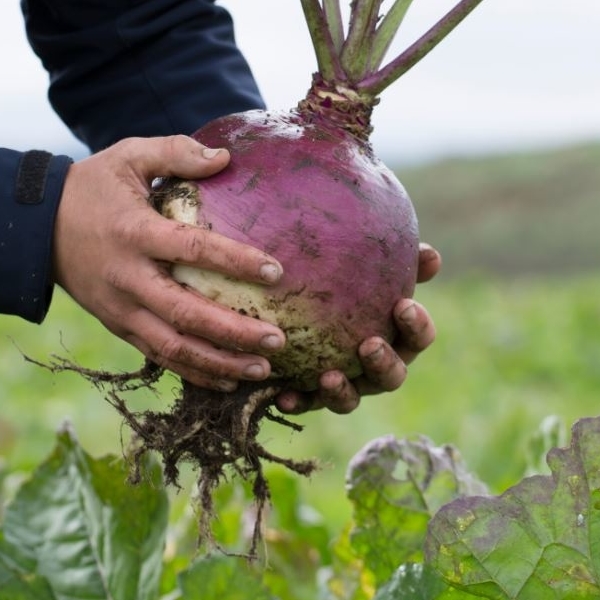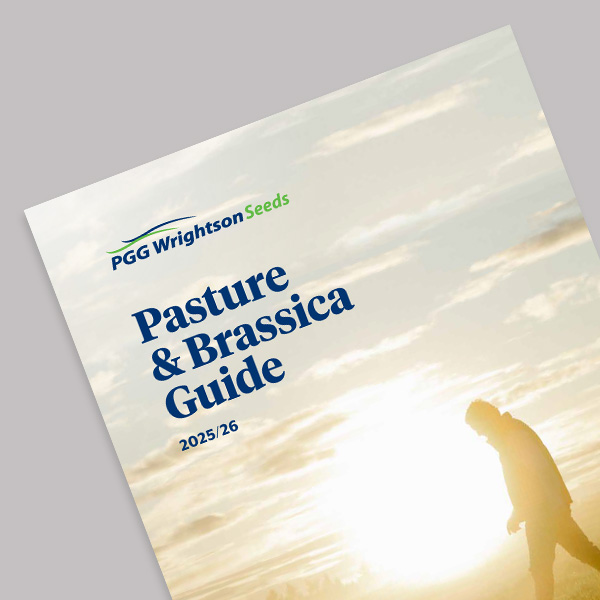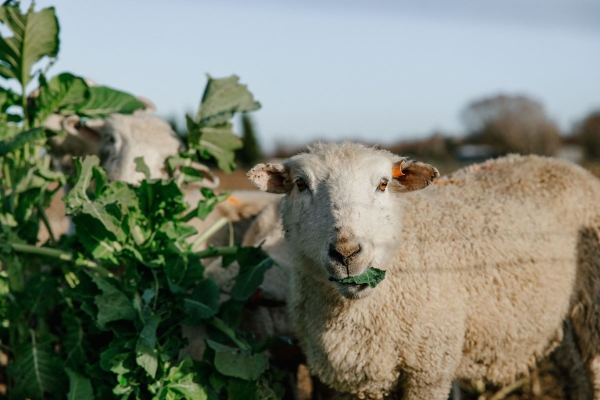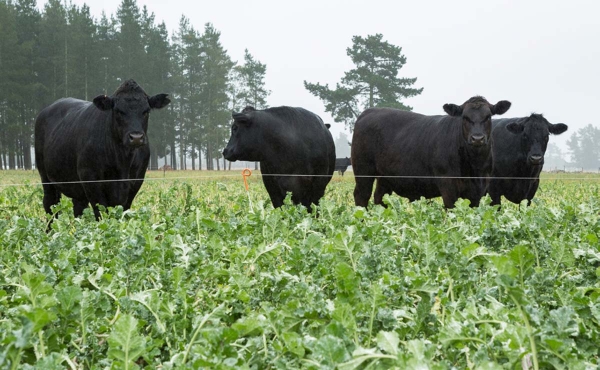Animal wellbeing on brassica crops
Ensuring animals are well fed on crop and fibre supplements helps to maximise animal performance and improve profitability of the farm operation
Planning ahead
Stock doing well on crop
- Plan feed budgets well in advance of stock going onto crop, allowing for wastage of brassica crop and supplements under different conditions
- Adequate nutrition – not just total dry matter (DM) yield on offer, but also the correct balance of energy, protein, macrominerals and trace minerals to match animal requirements
- Plan to increase animal body condition and/or liveweight while on crop
- Prepare contingency plans for keeping animals safe and comfortable during adverse weather events; shelter and ample non-brassica feed if standing off crop
Minimising risk of animal health challenges on crop
- Freedom from preventative animal health disorders – working with your veterinarian to prepare and put in place a full animal health plan for stock while they are on brassica crops
Tips:
- Most health challenges happen in animals within 14 days of first grazing on brassica crops (during the ‘transition period’)
- Monitoring animals on crop for signs of illness is important at any time, but is ESPECIALLY important during the first 14 days of crop grazing
Benefits derived from trees and shelterbelts providing shelter for animals* grazing winter and summer brassicas
- Animal welfare – better comfort for animals on crop
- Productivity – more milk, better body condition and liveweight gains
- Environmental – water management (fencing and riparian plant), soil erosion and biodiversity
- External market demands (from consumer of animal products)
- Aesthetics (of natural plantings of shelter trees)
*Adapted from ‘Expectations of pastoral animal shelter among farmers, stakeholders and the general public'. MPI Technical paper No: 2019/08




